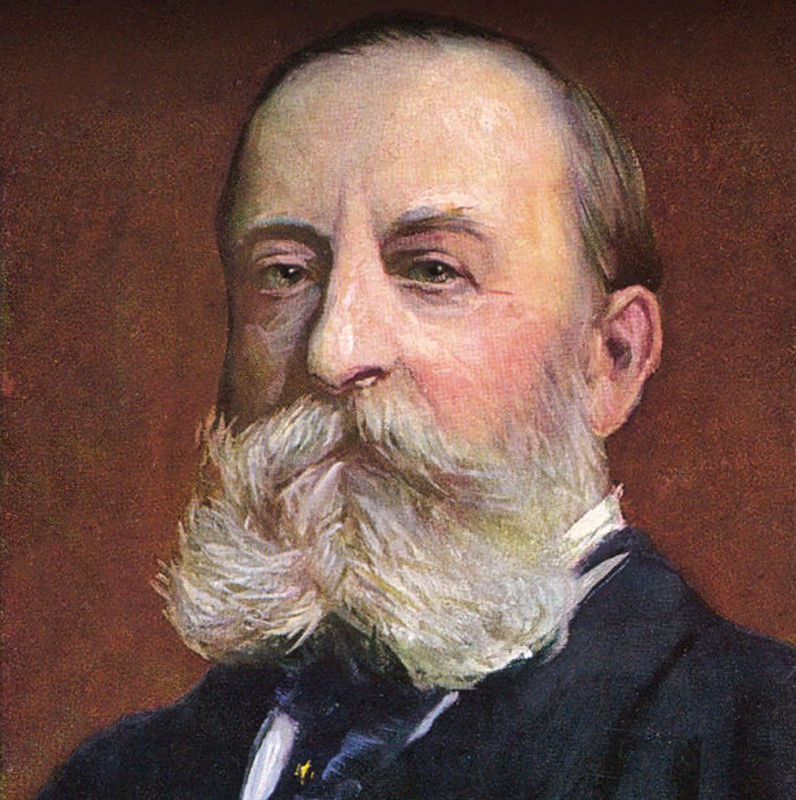Le Carnaval des Animaux
- classical music
- May 19, 2023
- 4 min read
Le carnaval des animaux (The Carnival of Animals)
Composer: Camille Saint-Saëns
Date of publication: 1922

In the midst of composing his Symphony No. 3 Organ in C minor, Op. 78, Saint-Saëns hit a self-described "writer's block". He found the piece he was composing to be terribly challenging, both to play and to compose. As such, the piano and compositional virtuoso decided to take a vacation to Austria in 1886, leaving his home country of France. However, during his leisure stay in an Austrian village, Saint-Saëns was encapsulated by the animals he saw in the small Austrian town and decided to try his hand at interpreting the animals via a musical composition. Soon, he became obsessed with this project, despite knowing that he should be working on his 3rd Symphony. The Carnival of Animals was originally intended to only be played by small assortment of instruments; one clarinet, one piccolo, one flute, one double bass, one cello, one viola, two violins, a glass harmonica, two pianos, and a xylophone.
Saint-Saëns finished composing the piece during his 1886 vacation in Austria but insisted that his publishers, Durand in Paris, only publish the piece after Saint-Saëns' death. His reasoning for this was because he believed the piece was too silly and unhinged, which he felt would leave an undesirable stain on his reputation as a serious composer. There were two exceptions to this: the first was The Carnival of Animals' 13th movement, The Swan, which he allowed to be played by solo celli. The second was the Société des instruments à vent in April 1892, where Saint-Saëns allowed his Carnival of Animals to be performed publicly, although still with a small audience.
Aside from this, The Carnival of Animals' performances were all private (Saint-Saëns would hold secret concerts with his friends and other composers like Liszt, who wished to hear the piece; often, they would dress up with a mask representing each of the animals in the Carnival).
As a result, Saint-Saëns's Carnival of Animals was only published in 1922, one year after his death. Upon its release, it was a massive success. To this day, the piece is regarded as one of Saint-Saëns’s best works.
Fun Fact: To create a truly whimsical and goofy feeling, Saint-Saëns would make allusions and musical jokes within his piece—for instance,a melody that devolves into something similar to Offenbach's can-can in his Tortoises movement, allusions to his Danse Macabre in his Fossils movement, and beginner etudes/scale studies in his Pianists movement. Movements: I. Introduction et marche royale du lion (Introduction and Royal March of the Lion): Strings and 2 pianos, starting with a bold tremolo and a march in octaves to represent a lion's roar.
II. Poules et coqs (Hens and Roosters): 2 Violins, 1 viola, 2 pianos, and a clarinet, centered around a pecking theme in the piano and strings, which represents how chickens peck at grains. III. Hémiones (animaux véloces) (Wild Donkeys Swift Animals): 2 pianos, based on fast, feverish movement up and down the piano, which represent dziggetai, swift donkeys from Tibet IV. Tortues (Tortoises): Strings and piano, a satirical movement based on Offenbach's can-can.
V. L'Éléphant (The Elephant) Double bass and piano: Another satirical movement, this time based on Mendelssohn's incidental music in A Midsummer Night's Dream and Berlioz's "Dance of the Sylphs" from The Damnation of Faust. However, here, Saint-Saëns transcribes parts meant to be played for the highest register instruments for the lowest and deepest basses. Glissandos characterize the elephant's cries and powerful strikes, the elephant's steps VI. Kangourous (Kangaroos): Two pianos, centered around hopping chords that represent a Kangaroo hopping about, with grace notes in the right hand, representing a Kangaroo's lightning fast kicks VII. Aquarium: Strings, 2 pianos, 1 flute, and glass harmonica, melodically hollow and submerged under water with the usage of the flute and glass harmonica, and a repeating motif similar to those found in Chopin's etudes VIII. Personnages à longues oreilles (Characters with Long Ears): 2 Violins, the shortest movement with high, loud notes and buzzing low notes which people have speculated to be a mockery of how music critics are similar to braying donkeys IX. Le Coucou au fond des bois (The Cuckoo in the Depths of the Woods): 2 pianos and clarinet. The piano accompanies the clarinet with soft chords, and the clarinet plays a single 2 note ostinato, C and Ab, which mimic a cuckoo bird X. Volière (Aviary): Strings, piano, and flute, the high strings taking on a droning buzzing background noise found in the jungle, with the flute playing a bird's melody XI. Pianistes (Pianists): Strings and 2 pianos: a satirical movement meant to show pianists practicing their finger etudes, getting out of sync with their hands, and playing basic tunes such as Mozart's “Twinkle Twinkle”. XII. Fossiles (Fossils): Strings, 2 pianos, and a xylophone, with allusions to Saint-Saëns' Danse Macabre, the xylophone strikes notes that resemble fossilized bones rattling. XIII. Le cygne (The Swan) 2 pianos and a cello: Rippling 16ths played by the piano accompany a slow legato melody played by the cello XIV. Finale (Final) Full ensemble: Opens with the same tremolo on the piano as in the introduction and the wind instruments, strings, and glass harmonica later join in to create tension that mimic an American Carnival in the 1800s. The movement ends with 6 hee-haws from the donkeys.


